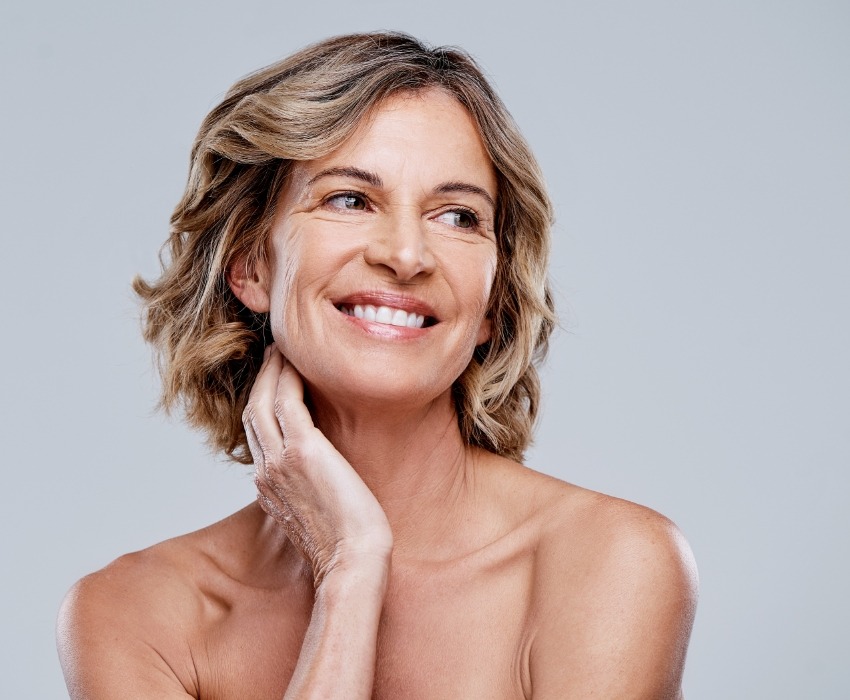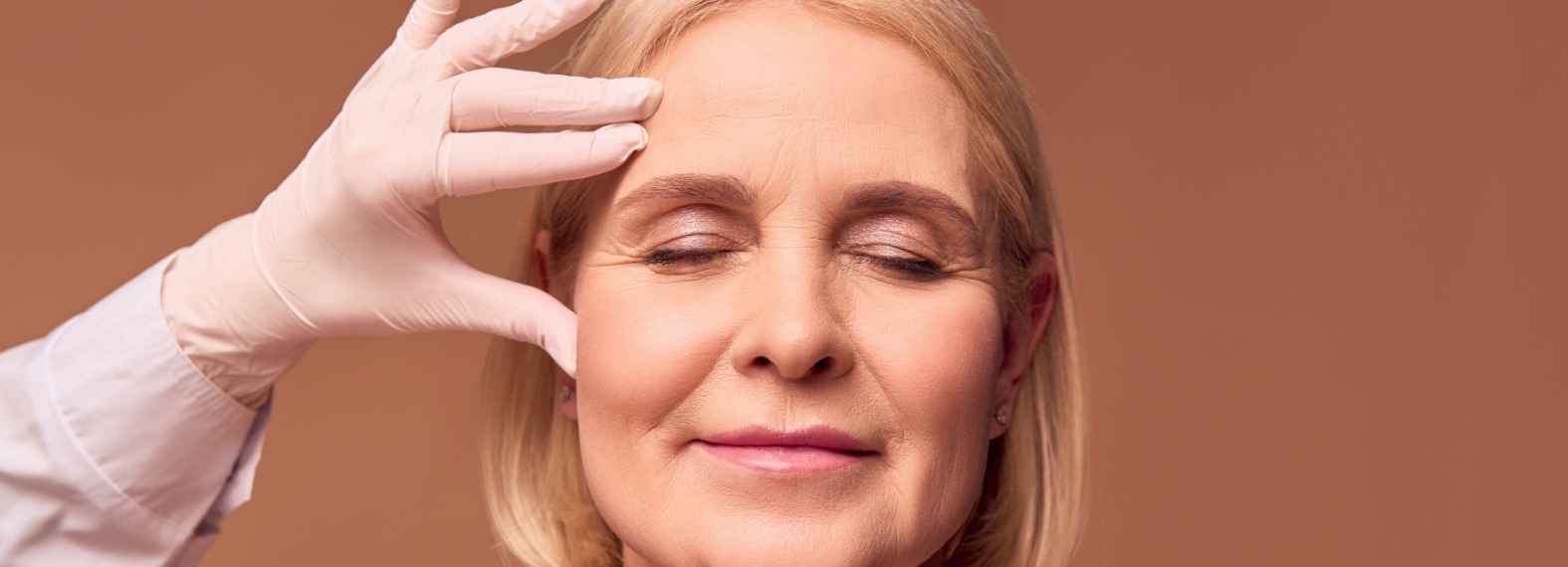Photodynamic therapy is a proven treatment method in dermatology. Learn more at your consultation at the Swiss Derma Clinic in Zurich. Book your appointment here.
Photodynamic Therapy Against Wrinkles and Light-Induced Skin Damage
Photodynamic therapy (PDT) can be used for wrinkle treatment and premature skin aging, as well as for keratoses and uneven skin tone. By combining special light with a photosensitizing agent, we boost tissue regeneration and collagen formation. The result? The skin renews itself, appearing more even and rejuvenated.
Advantages of PDT for Skin Rejuvenation
Thanks to modern light technology, we can keep individual treatments brief and, if necessary, combine them with other methods such as filler treatments or microdermabrasion. Whether this is an option for you depends on various factors, such as your personal skin condition, which we discuss on-site in Zurich. Overall, PDT has several benefits, including:
- Improvement of the skin's appearance
- Reduction of fine lines and deep wrinkles
- Tightening of the skin
- Reduction of pigmentation spots and skin impurities
There's another significant advantage: the risk of white skin cancer can often be reduced in treated areas. This is because the light therapy and special light spectrum can destroy damaged cells in the tissue.
How Does PDT Treatment in Zurich Work?
Before we start the actual treatment, your skin is prepared and cleansed. We then apply a photosensitizing emulsion (active ingredient: alpha-aminolevulinic acid) to the area to be treated. This agent sensitizes the skin cells to a specific wavelength (red light or daylight), which stimulates regenerative processes right there. The actual session lasts about 30 minutes on average. Initially, you'll see only a slight redness, similar to a sunburn.
In the days and weeks following the treatment, skin renewal occurs. The scaling and crusting that often occur in the first few days are temporary and usually subside within 5 days. If your skin feels burning or itchy, you can gently cool it. We discuss all these details with you in detail before your session.
At the Swiss Derma Clinic, we specialize in innovative aesthetic treatments. Our experienced team of dermatologists and beauticians is here to support you every step of your treatment. Have questions? Contact us now.

